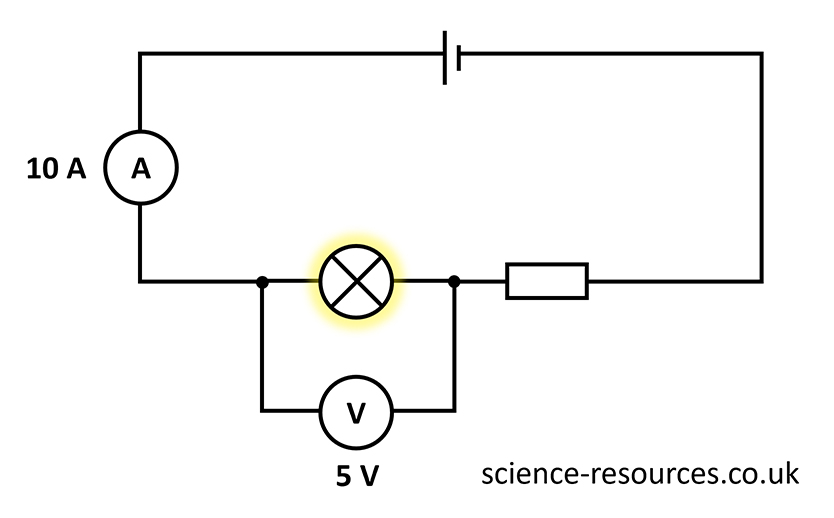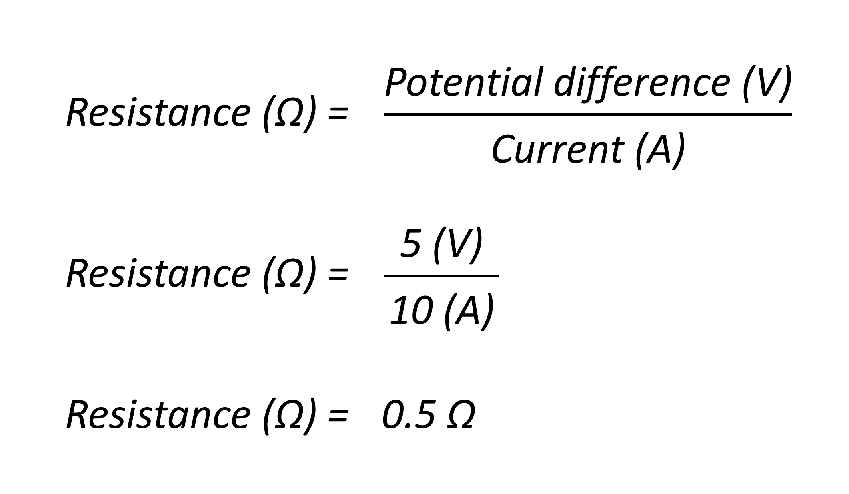Resistance
Resistance Insulators and Conductors Insulators Conductors Identifying insulators and conductors
Resistance is the measure of opposition to the flow of current (how difficult it is for a current to flow through a component). Components and wires in a circuit reduce the flow of current through them.
Resistance is measured in ohms (Ω)
The resistance of an object is dependent on its material. Some materials have high resistance, while others have low resistance.
If a material has high resistance, it is difficult for current to flow through it.
Materials with a high resistance are known as ‘insulators’. For example, plastic has high resistance, which is why wires tends to be surrounded by a plastic coating. This allows us to handle the wires safely but also reduces the amount of energy lost as heat (increasing its efficiency).
If a material has low resistance, it is easy for current to flow through it.
Materials with a low resistance are referred to as ‘conductors’. For example, metals have low resistance and are therefore good conductors. This is why they tend to be used in wires.
You can determine if a material has high or low resistance by placing it inside a circuit. If the lamp lights up then the object is a conductor, if the lamp does not light up then the object is an insulator.
Calculating resistance To calculate the resistance of a lamp in a circuit, you take measurements from both the voltmeter and the ammeter and then add them to the equation. In the example above, the reading on the ammeter is 10 amps (A) and the reading on the voltmeter is 5 volts (V). We can then therefore calculate the resistance using the resistance equation: We also know that the potential difference and the current are directly related. This means that if we make a graph of potential difference and current, we would get a straight line.
To find the resistance (R) of a component we need to know the potential difference (V). We can do this using a voltmeter. We also need to measure the current (A) flowing through it. We can do this using an ammeter.
Resistance is measured in ohms. This is represented by the symbol Ω. For example, a resistance of 6 ohms can be written as 6 Ω.
We can then use the formula to calculate the resistance:
Example
A circuit contains a battery, a resistor, a voltmeter and an ammeter. The battery has a potential difference of 5V, and the current flowing is 10A.

Summary: